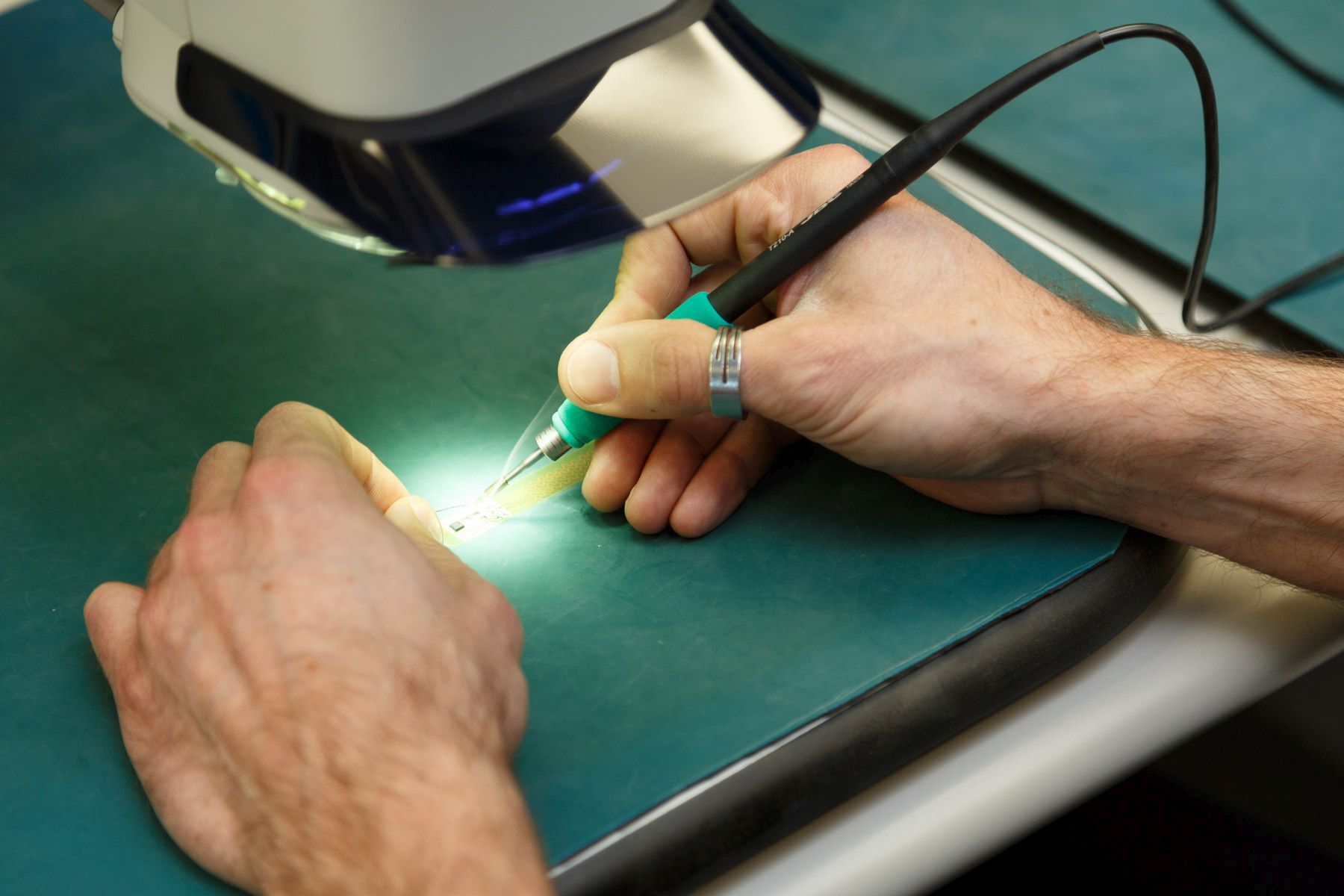In today’s interconnected world, technological advancements continue to revolutionize the way we live, work, and communicate. One such innovation that has gained significant momentum is RFID technology. RFID, which stands for Radio Frequency Identification, has made remarkable strides in recent years, unlocking endless possibilities for connectivity, efficiency, and convenience. From retail to healthcare, logistics to transportation, this cutting-edge technology has the power to transform industries and enhance our everyday lives in ways we could have only imagined.
At its core, RFID technology utilizes radio waves to wirelessly transmit information between a tag or label and a reader. The tag, typically equipped with a microchip and an antenna, can be embedded into various objects, ranging from products and vehicles to identification cards and even livestock. As the reader transmits a signal, the tag responds by sending back its stored data, providing a seamless and efficient way to track and identify objects in real-time. Unlike traditional barcodes that require direct line-of-sight scanning, RFID offers the advantage of remote and simultaneous identification, making it faster, more accurate, and ultimately more versatile.
Understanding RFID Technology
RFID technology, short for Radio-Frequency Identification, has emerged as a revolutionary system for tracking and identifying objects. It works by using electromagnetic fields to automatically identify and track tags attached to objects. These tags contain electronically stored information that can be read remotely using an RFID reader.
The foundation of RFID technology lies in its ability to wirelessly communicate information. Unlike traditional barcodes or QR codes, RFID does not require line-of-sight scanning. Instead, RFID tags can be read from a distance, enabling efficient and seamless data transfer. This wireless connectivity has catapulted RFID into various industries, from supply chain management to retail and healthcare.
At its core, RFID technology consists of three components: the RFID tag, the RFID reader, and a backend database. The RFID tag, also known as the transponder or the smart label, holds unique information about the object it is attached to. The RFID reader, powered by electromagnetic fields, retrieves this information by sending radio waves to the tag. Once the tag receives the signal, it responds back to the reader, transmitting the stored data. The backend database then stores and manages the collected information, enabling real-time tracking and analysis.
With its ability to capture and transmit data wirelessly, RFID technology offers numerous benefits. It allows for accurate and automated inventory control, reducing manual effort and human errors. RFID also enhances supply chain management, enabling real-time visibility and improved efficiency. Furthermore, it enhances security by providing authentication and anti-counterfeiting measures.
As the world becomes increasingly interconnected, RFID technology continues to pave the way for a future of enhanced connectivity and efficiency. Its applications across industries and its potential for innovation make it an integral part of the rapidly evolving technological landscape. Whether it’s optimizing inventory management or enabling seamless customer experiences, RFID technology has undoubtedly unlocked the future of connectivity.
Applications of RFID
Retail
RFID technology has revolutionized the way the retail industry operates. With its ability to provide real-time visibility and tracking of inventory, RFID has become an essential tool for retailers. By tagging individual products with RFID tags, retailers can automate the process of inventory management, improving accuracy and efficiency. This enables retailers to have better control over their stock levels, reduce out-of-stock situations, and enhance the overall shopping experience for customers.
Logistics and Supply Chain
In the logistics and supply chain sector, RFID technology plays a crucial role in streamlining operations and maximizing efficiency. By using RFID tags on shipments, companies can easily track and trace the movement of goods at every stage of the supply chain. This enables real-time visibility of inventory, reduces manual errors, and improves order accuracy. RFID also helps in asset tracking, ensuring that valuable equipment and containers are accounted for, reducing losses and improving asset utilization.
Healthcare
RFID technology has found extensive applications in the healthcare industry, transforming the way patient care is delivered. One of the significant uses of RFID in healthcare is for patient identification and management. RFID bracelets or tags containing unique patient information can be used to ensure accurate identification during hospital stays, reducing the risk of medical errors. RFID also assists in the tracking and management of medical equipment, medication inventory, and monitoring the temperature and condition of sensitive medical supplies.
Remember, be as human as possible and don’t write any special characters.
Implications and Future Developments
The rise of RFID technology has far-reaching implications and is set to revolutionize connectivity in the future.
Improved Inventory Management: RFID technology offers significant advancements in inventory management. By enabling real-time tracking of products and assets, businesses can streamline their supply chain operations and reduce losses due to theft or misplacement. With RFID tags embedded in items, businesses can easily monitor stock levels, locate specific products, and automate inventory replenishment processes. This increased visibility and efficiency will lead to cost savings and improved customer satisfaction.
inventory managementEnhanced Customer Experience: As RFID technology becomes more prevalent, customers can expect a more seamless and personalized shopping experience. RFID-enabled smart shelves can detect when a product is running low and automatically trigger a restock order, ensuring that popular items are always available. Additionally, RFID tags can enable interactive displays that provide detailed information about products, allowing customers to make more informed purchasing decisions. This enhanced convenience and engagement will shape the future of retail and elevate the overall shopping experience.
Advancements in Healthcare: RFID technology is also making significant strides in the healthcare industry. RFID tags can be used to accurately track medical equipment, ensuring that the right supplies are readily available when needed, thus reducing delays and improving patient care. Furthermore, RFID-enabled wristbands can enhance patient safety by providing accurate identification and the ability to retrieve medical records quickly. As the technology evolves, we can expect further applications in healthcare, such as monitoring patient vital signs remotely or tracking medication adherence.

The future of RFID technology is promising, with ongoing developments poised to unlock even greater possibilities. As the technology becomes more affordable and widespread, we may witness further integration into various sectors, leading to increased efficiency, improved security, and enhanced customer experiences. It is evident that RFID technology is set to shape the future of connectivity, opening up doors to a more connected and efficient world.



